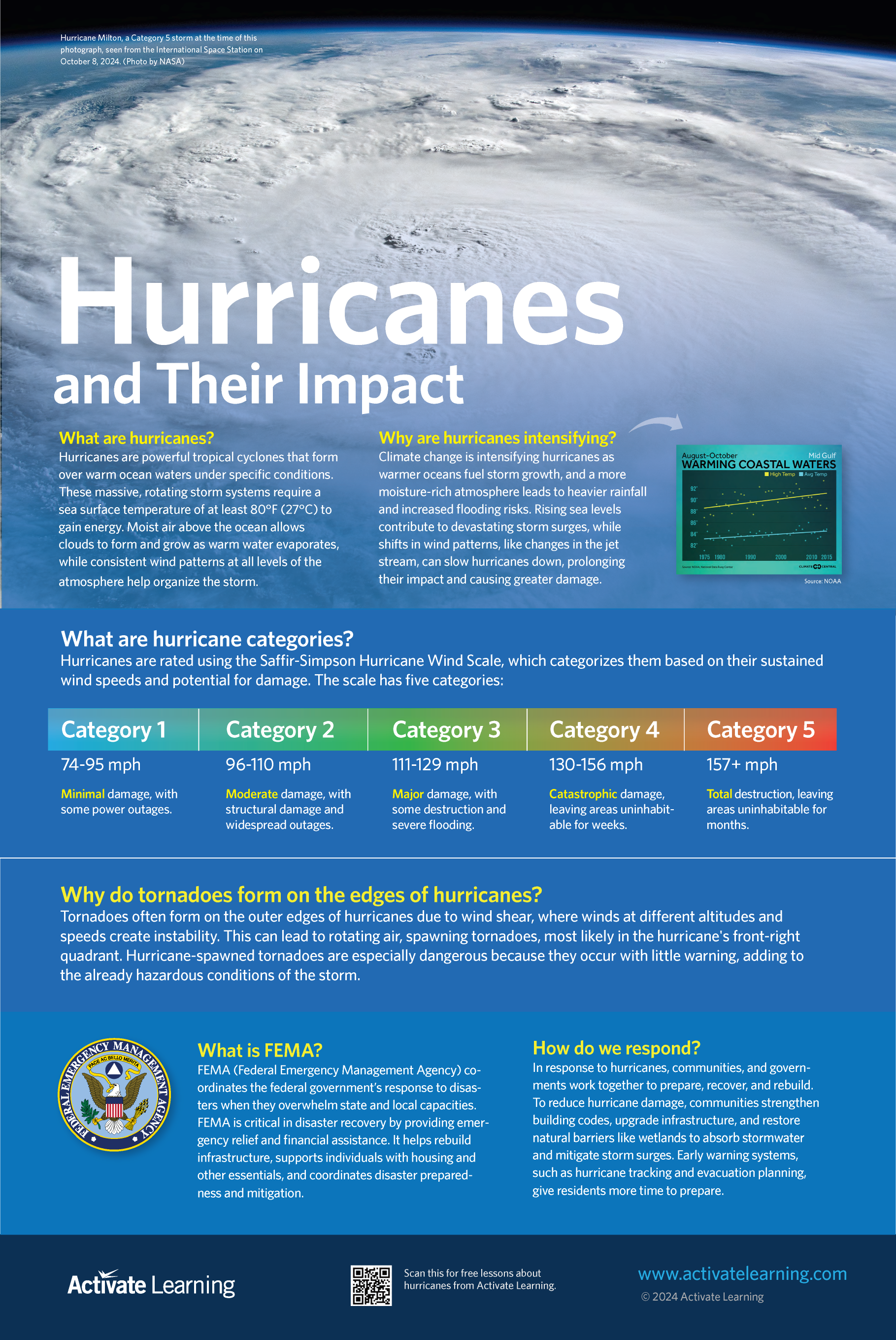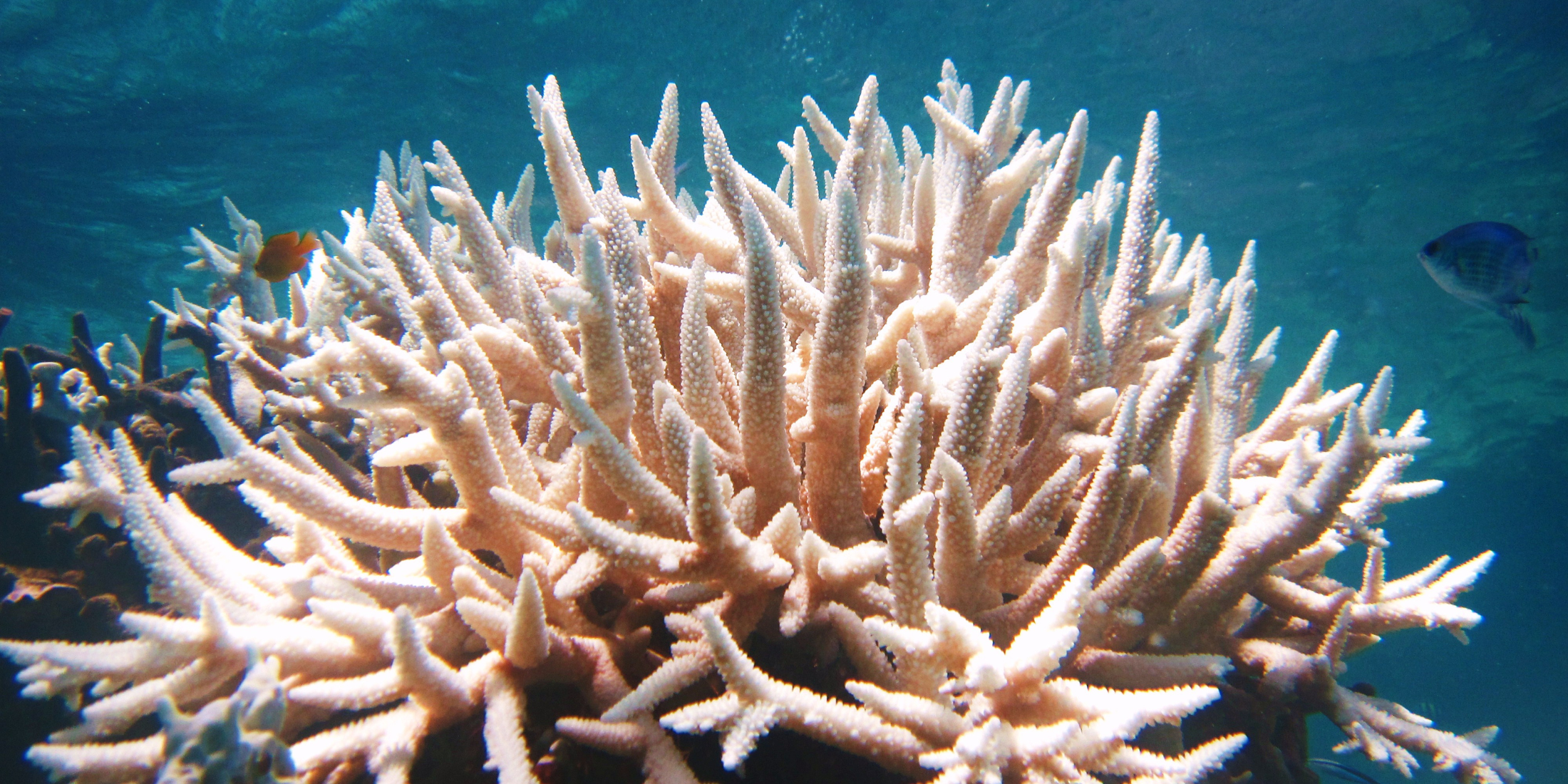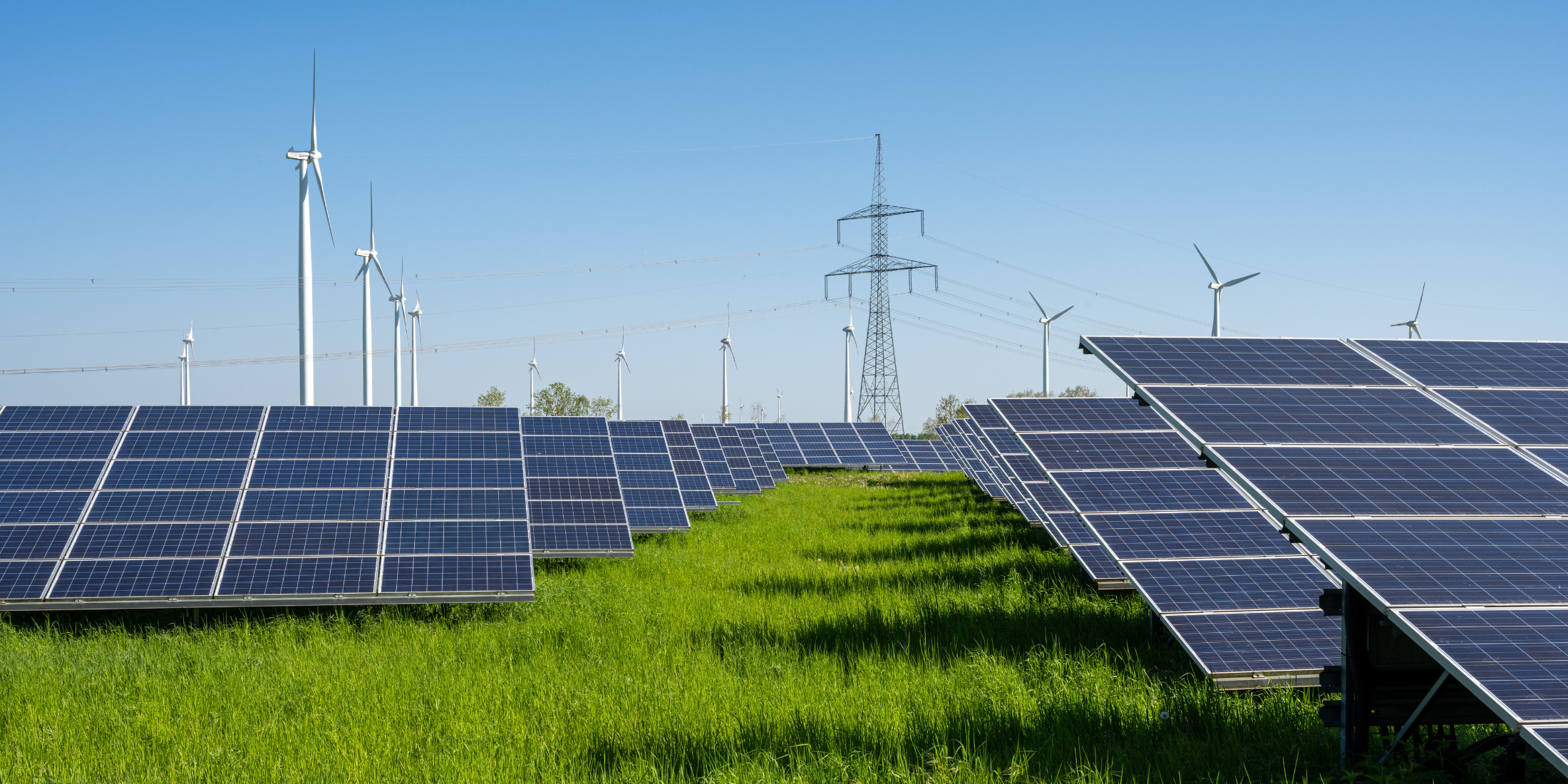Free STEM Teaching Resource: What Causes Hurricanes?

Free Poster Download: What Causes Hurricanes?
Do your students have questions about hurricanes? What causes hurricanes? How are hurricanes rated? Why do tornadoes form in hurricanes? How can we prepare for hurricanes?
Let's utilize the natural curiosity of our students to explore more about these natural phenomena.
Download the free poster and readings below to help lead a discussion with your students about what causes hurricanes, why hurricanes are intensifying, how hurricanes are rated, why tornadoes may form in hurricanes, and what we can do to prepare for hurricanes.

Additional Background for Educators: Let's Talk about Hurricanes
2024 Hurricane Season and the Growing Climate Challenge
As the 2024 hurricane season nears its end, the influence of climate change is more apparent than ever. This season continues to be among the most unpredictable and intense on record, with experts cautioning that rising global temperatures will likely increase the severity of hurricanes. This blog explores how rising ocean temperatures fuel stronger hurricanes, examines early indicators for the 2024 season, and discusses global efforts to mitigate damage and prepare for a more uncertain future.
Warmer Oceans: Fuel for Stronger Hurricanes
One core factor in the intensity of recent hurricane seasons is the warming of our oceans. Rising global temperatures—driven by greenhouse gas emissions—mean that oceans absorb record amounts of heat, extending beyond surface waters and deep into the sea. This deep-seated warmth plays a critical role in the development of storms.
Warm waters provide the energy hurricanes need to grow, making hotter seas a powerful accelerant for these storms. Research has demonstrated a clear relationship between rising ocean temperatures and increased hurricane strength. Additionally, warmer waters increase atmospheric moisture, contributing to the heavy rainfall that hurricanes often bring. They also enable rapid intensification, where wind speeds increase by more than 35 mph in under 24 hours. This trend has become more common, and the 2024 season appears to follow suit.
Forecasts suggest above-average activity this season, likely due to unusually high temperatures in the Atlantic and Gulf of Mexico. "Ocean heat waves"—areas where ocean temperatures are abnormally high for extended periods—are becoming more frequent, raising the potential for more intense and damaging storms.
2024 Hurricane Season: A Preview of What's to Come
According to the National Oceanic and Atmospheric Administration (NOAA), the 2024 hurricane season is expected to be active, with more named storms and major hurricanes than historical averages. Several storms had already formed by mid-October, and the peak season still lies ahead. Scientists are especially concerned about hurricanes making landfall in densely populated areas like the Gulf Coast and Southeastern U.S., where communities are still recovering from past storms.

Barber Shop located in Ninth Ward, New Orleans, Louisiana, damaged by Hurricane Katrina in 2005.
Beyond storm frequency, the 2024 season also stands out for hurricanes' rapid intensification and unpredictable movement, which some meteorologists attribute to warmer waters. These erratic storm patterns complicate emergency management teams' response efforts, posing severe risks to coastal communities that rely on timely, accurate forecasts to prepare and evacuate if needed.
Strategies to Minimize Damage: Building Resilience for a New Normal
Climate change drives stronger storms, and communities, governments, and organizations ramp up efforts to minimize hurricane damage and adapt to a world with more severe storms.
Coastal Infrastructure and Resilience Planning
Substantial investments are being made to strengthen coastal infrastructure in many hurricane-prone areas to withstand more powerful storms. Improvements include seawalls, storm surge barriers, and elevated structures in flood-prone zones. Cities like Miami and New Orleans have long-term plans to address rising sea levels and increased storm surges by enhancing drainage systems and strengthening critical infrastructure like power grids and hospitals that must function during disasters.
Building resilience goes beyond physical structures. Comprehensive disaster response plans, early warning systems, and real-time ocean monitoring provide vital preparation time for communities. These efforts rely on collaboration between local, federal, and private sector partners to ensure vulnerable communities access necessary resources and information.
Ecosystem-Based Solutions
Ecosystem-based adaptation is also gaining recognition. Coastal wetlands, mangroves, and coral reefs act as natural defenses, absorbing storm surges and high winds. However, these ecosystems face rising sea levels, pollution, and human activity threats. Restoration and protection of these habitats are vital components of climate adaptation strategies. For instance, restoring mangrove forests along Southeast Asia and the Caribbean coastlines helps mitigate storm surge impact, delivering environmental and economic benefits.

Warmer water temperatures can result in coral bleaching.
Efforts are also underway to rehabilitate coral reefs, which are barriers against wave energy from incoming storms. While warmer ocean temperatures challenge coral survival, combined conservation and restoration strategies are essential in creating a multi-layered defense against stronger hurricanes.
Transitioning to Renewable Energy

Solar panels, wind turbines, and electricity pylons in Germany.
An essential aspect of reducing hurricane damage is the shift to renewable energy. Hurricanes often cause widespread power outages, impacting communities for days or weeks. Transitioning from centralized, fossil-fuel-based systems to renewable energy sources, like solar and wind, offers a more resilient energy supply in hurricane-prone areas. Microgrids and energy storage are increasingly popular, ensuring essential services remain powered even when the primary grid fails.
This shift also tackles climate change directly by reducing greenhouse gas emissions, which slows ocean warming and weakens hurricanes over time. Meeting global carbon reduction goals, like those in the Paris Agreement, is crucial to addressing the longer-term risks of stronger hurricanes.
Moving Forward: Preparing for a Changing Climate
The 2024 hurricane season reminds us of the vast challenges climate change poses. While efforts to mitigate damage are ongoing, addressing climate change on a global scale remains critical. Ocean warming is a long-term process, meaning even with the best mitigation strategies, we will likely face more intense storms in the coming decades.
However, there is hope. By investing in resilient infrastructure, safeguarding natural ecosystems, and transitioning to renewable energy, societies can better adapt to this new reality while working to reduce the broader impacts of climate change. The 2024 hurricane season is not just a period of storms—it’s a glimpse into the future of a warming world and a call to action for governments, businesses, and individuals to take meaningful steps toward resilience and sustainability.
© 2024 Activate Learning. Not for resale, redistribution, or use other than classroom use without permission.
* * * * *




